Can We See Birdsong?
Wouldn’t it be cool if you could see sound? The first time I recorded birdsong and created a spectrogram I was blown away by the thought I could see a representation of the sound as a shape.
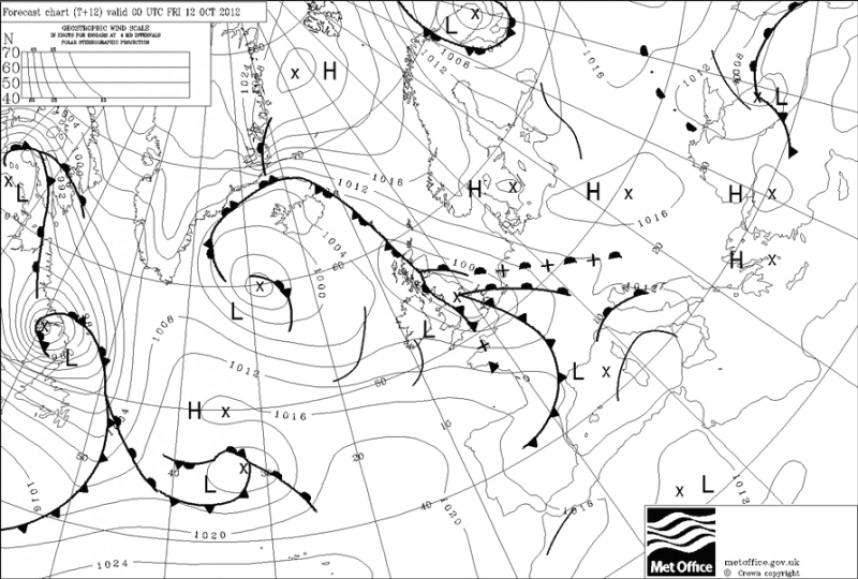
Weather system on 18 October 2012 high pressure over Russia and low over the N.Sea ideal for moving Siberian birds west towards the UK
It was a foggy day on the 18th October 2012 at Flamborough. Sea mist rolled slowly across the Headland, it was a dank and dark Yorkshire day. I was out birding with a friend looking for Siberian migrant birds blown off course by the weather conditions. It was an exciting time for rare birds, full of promise, but the downside were the views; dark brown shapes disappearing into hedges!
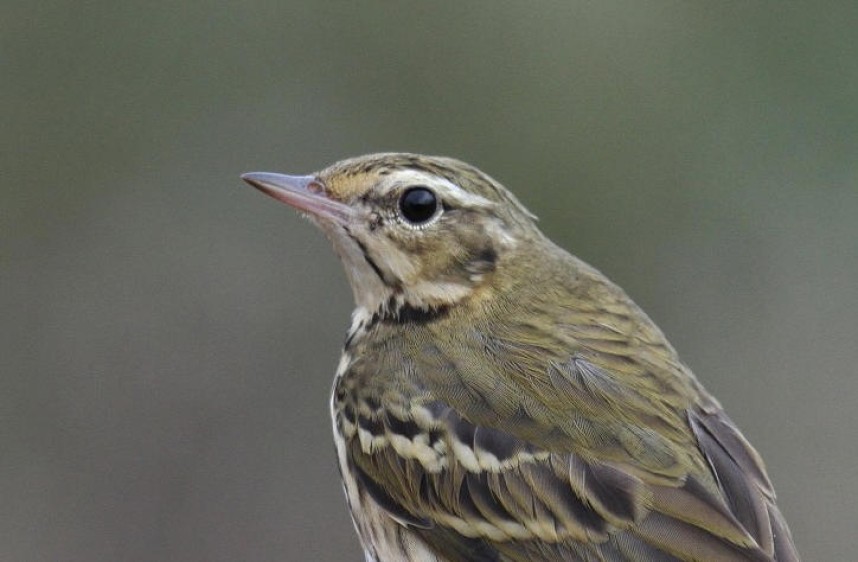
Olive-backed Pipit at Flamborough October 2015 © Lee Johnson
At 11am we flushed a pipit from near Old Fall plantation which had a sharp call like a tree pipit. This was a great time of year for olive-backed pipit (A Siberian breeding bird) but not for tree pipit (most have left for Africa by the end of September) so we were keen to find it again.
After what seemed like an age, we flushed the pipit from long grass, it called several times before flying over the plantation never to be seen again. But hey presto I had recorded the calls so maybe we could analyse the sound…
Cue the fantastic free software called Raven Lite from Cornell University. This easy to use analysis creates spectrograms from sound files faster than a pipit can disappear! After a few hours of chin rubbing and research I was confident we had an OBP!
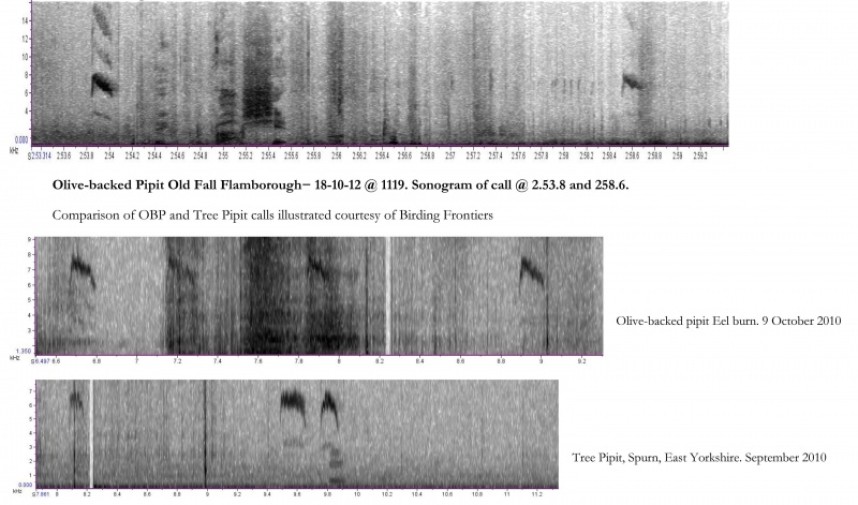
Olive-backed pipit flight call is very similar to tree pipit, but on the spectrogram, we could clearly see the different shape and sharp peak in the call rising up to 1khz higher than tree pipit. OBP rises to 8khz whilst tree pipit 7khz. This may seem a small difference but when combined with the spectrogram shape and date this was enough to clinch the species!
After this experience I was hooked. Unfortunately, it would be another seven years before I started recording common birds and getting serious about taking the subject of bioacoustics further.
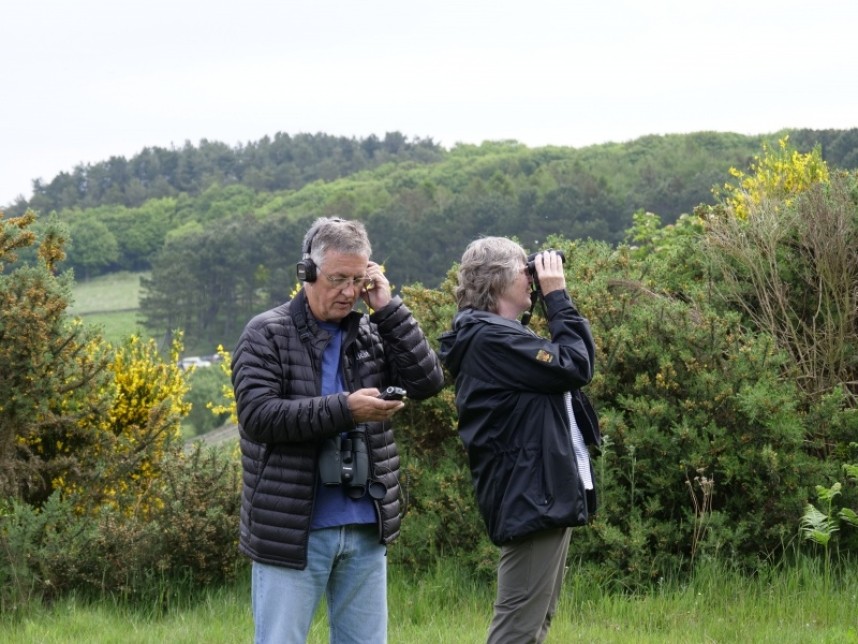
YCN & NT Sound Workshop 2 June 2019 © Zoe Frank
Thanks to a joint public event between YCN and National Trust based at Ravenscar we had an opportunity to try out sound recording and Raven Lite again. 12 intrepid geeks met at the ranger centre on the 2nd June in the early in the morning and set out into the woods where the air was alive with birdsong.
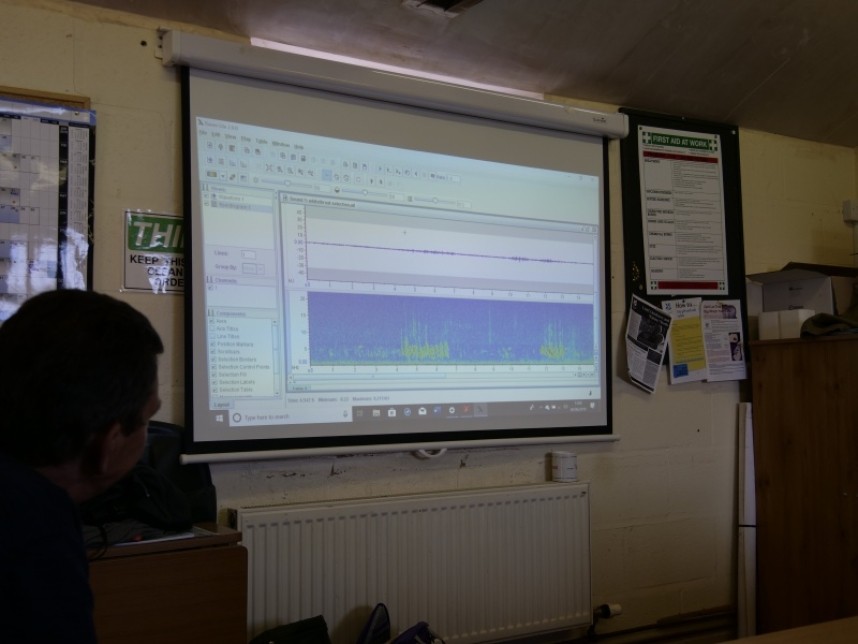
Raven Lite on the screen analysing birdsong spectograms on our YCN & NT Sound Workshop 2 June 2019
By the end of the day we had recorded and analysed eight species. Highlights included what sounded like a song thrush mimicking curlew,

Song Thrush spectogram YCN & NT Sound Workshop 2 June 2019
the beautiful falling squiggly pattern of a willow warbler,
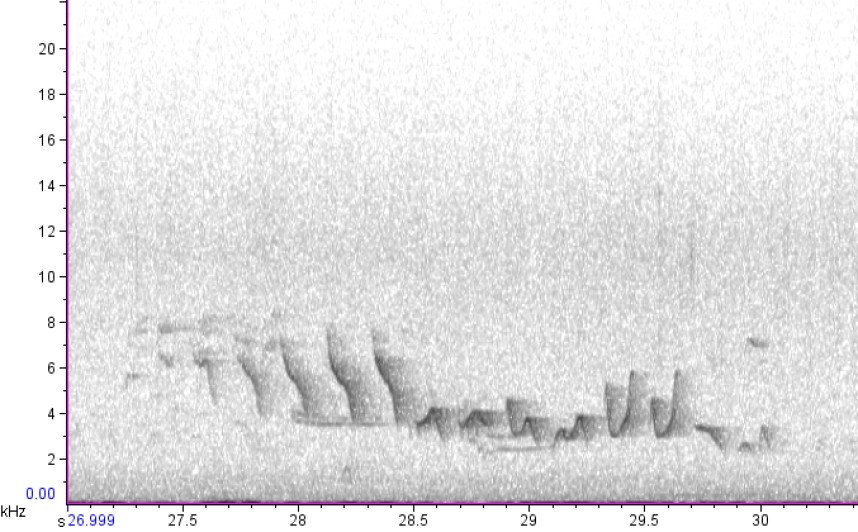
Willow Warbler spectogram from the YCN & NT Sound Workshop 2 June 2019
the deep bass notes of a woodpigeon barely noticeable at the base of the spectrogram
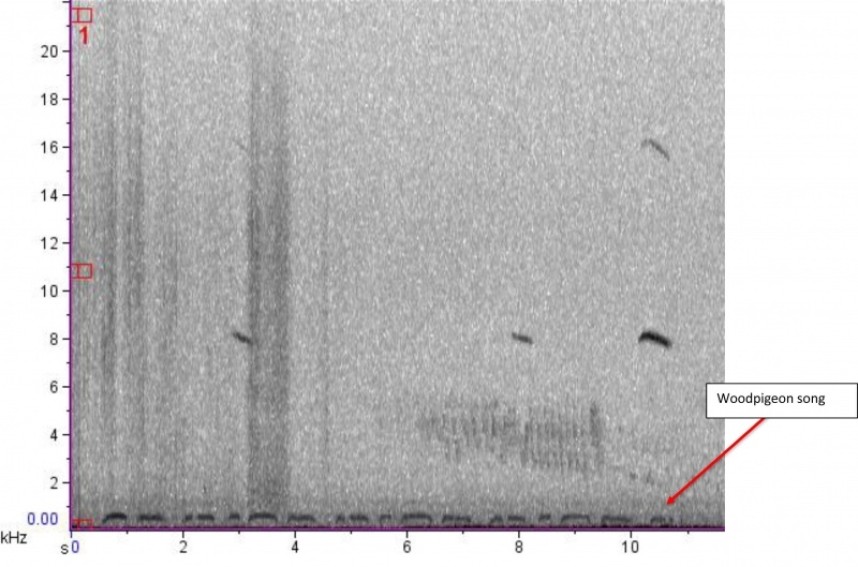
Woodpigeon spectogram YCN & NT Sound Workshop 2 June 2019
and the strong marks of a blackcap, such a beautiful song which seems to stop time when I listen to it, a flowing song with long notes. But on the spectrogram, I could see the whole song is over in just over five seconds.
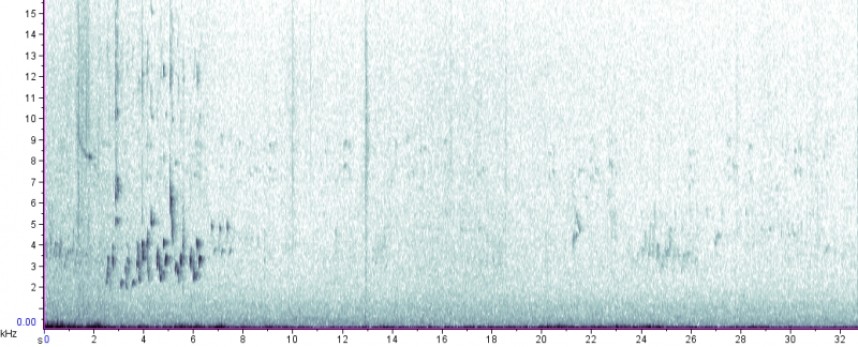
I am captivated by the weird shapes on the spectrogram; they open up a new world of learning. At the end of our workshop everyone was equally inspired and sure that experiencing these songs visually will help remember how to identify different species.
After the success of this workshop we will definitely be doing more in 2020. To keep up with new workshops and trips run by us please register for our e-newsletter Click Here.
Richard Baines
YCN



 Back to Blog
Back to Blog
